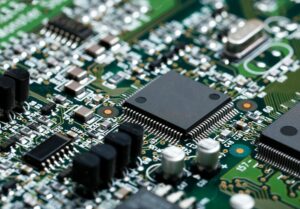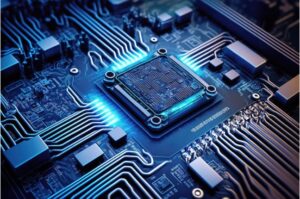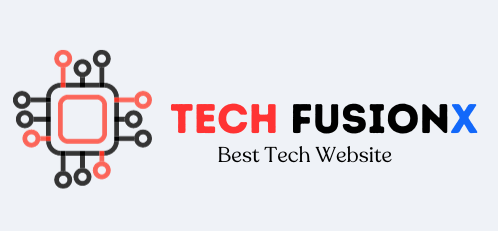
In the ever-evolving landscape of technology, the term “component technologies” refers to the fundamental building blocks that make up complex systems and applications. These components, often modular in nature, play a crucial role in the development of diverse technological solutions, ranging from software applications to hardware devices. This article delves into the world of component technologies, exploring their significance, types, and the impact they have on shaping the digital era.
Understanding Component Technologies:
At its core, a component is a self-contained and reusable unit of software or hardware that performs a specific function. Component technologies encompass both hardware and software components, and their integration is key to creating scalable, flexible, and efficient systems.
- Software Component Technologies: a. Libraries: These are collections of pre-written code that developers can use to perform common tasks, saving time and effort. b. Frameworks: A framework is a more comprehensive set of tools and libraries that provide a structure for building software applications. Examples include Django for web development and TensorFlow for machine learning. c. Middleware: Middleware components act as intermediaries, facilitating communication between different software applications and enabling seamless integration.
- Hardware Component Technologies: a. Integrated Circuits (ICs): These are the building blocks of electronic devices, containing transistors, resistors, and capacitors on a small chip. b. Microcontrollers: Compact computing devices with integrated memory and peripheral components, commonly used in embedded systems. c. Sensors and Actuators: These components gather data from the environment (sensors) or perform actions based on the received data (actuators).
Types of Component Technologies:
- Communication Components: a. Protocols: Define rules for data exchange between different systems, ensuring seamless communication. b. Connectors: Physical or virtual interfaces that enable the linkage of different components or devices.
- User Interface Components: a. Graphical User Interface (GUI) Components: Buttons, sliders, and input fields that enable users to interact with software applications. b. Human-Machine Interface (HMI) Components: Physical interfaces that allow users to interact with machines, often found in industrial settings.
- Data Storage and Processing Components: a. Databases: Components for storing and retrieving structured data efficiently. b. Data Processing Units: CPUs, GPUs, and other processing components that manipulate and analyze data.
Impact on Innovation:
The modular nature of component technologies has significantly impacted the speed and efficiency of innovation in various industries.
- Rapid Development: By reusing existing components, developers can accelerate the development process, focusing on unique features rather than recreating common functionalities.
- Interoperability: Standardized components and protocols enhance interoperability, allowing different systems to seamlessly work together. This is particularly crucial in the age of interconnected devices and the Internet of Things (IoT).
- Scalability: Component-based architectures enable systems to scale more effectively. As demands increase, additional components can be integrated without the need for a complete system overhaul.
- Flexibility: The modular approach allows for greater flexibility in system design. Components can be replaced or upgraded independently, ensuring adaptability to changing requirements.

Component Technologies
Component technologies form the backbone of modern innovation, providing the necessary tools for creating sophisticated and interconnected systems. Whether in software development, hardware design, or the convergence of both, the use of components enables a more efficient and dynamic approach to technological advancement. As we continue to push the boundaries of what is possible, the role of component technologies will only become more integral in shaping the future of technology.
component technologies
component repair technologies
american technology components
component technology
american technology components inc
